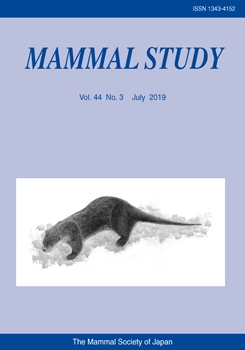Human-sun bear conflict may negatively affect human properties and long-term survival of the sun bear. These conflicts become a major problem for conservation of the sun bear. Understanding what factors cause human-bear conflict remains poorly understood. Studies of conflict extent through identifying affected areas while accessing their level of risk are a prelude to reduce wildlife conflict issues. In this research, the Maximum Entropy (MaxEnt) algorithm was applied to predict potential conflict areas of the Malayan sun bear (Helarctos malayanus) in Peninsular Malaysia and identify the key factors shaping conflict distribution. The 233 spatially disperse conflicted sun bears were analysed in relation to 11 predictor variables. The risk model demonstrated that approximately 1% of Peninsular Malaysia was comprised of high potential conflict area, while good, moderate, and least potential conflict areas constituted 2%, 5%, and 25%, respectively. The predictive model with an AUC value of 0.92 indicated that the crop areas adjacent to the forest edge and with high precipitation were significantly influenced on sun bear conflicts. This study provides useful tools for identifying potential conflict hotspots and highlights the significance of proper landscape planning to improve the mitigation of human-sun bear conflict and conservation efforts throughout Peninsular Malaysia.
BioOne.org will be down briefly for maintenance on 17 December 2024 between 18:00-22:00 Pacific Time US. We apologize for any inconvenience.
How to translate text using browser tools
3 July 2019
Predicting Potential Conflict Areas of the Malayan Sun Bear (Helarctos malayanus) in Peninsular Malaysia Using Maximum Entropy Model
Kamaruddin Z. Abidin,
Tukimat Lihan,
Taherah M. Taher,
Nabilah Nazri,
Izzat-Husna Ahmad Zaini,
Mohammad Saiful Mansor,
Rahmat Topani,
Shukor Md. Nor
ACCESS THE FULL ARTICLE

Mammal Study
Vol. 44 • No. 3
July 2019
Vol. 44 • No. 3
July 2019
conflict mitigation
conservation
human-wildlife conflict
MaxEnt
species distribution modelling




